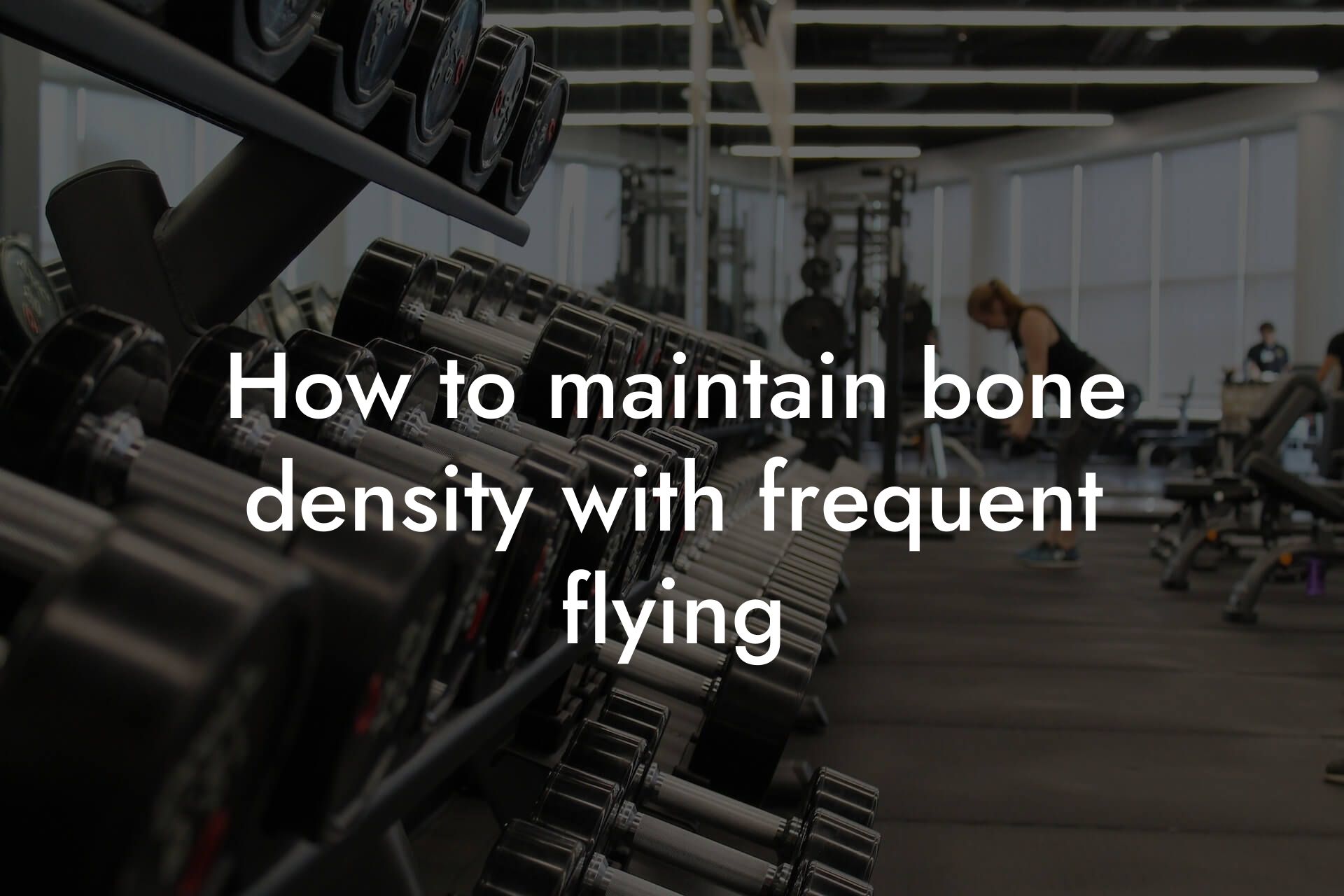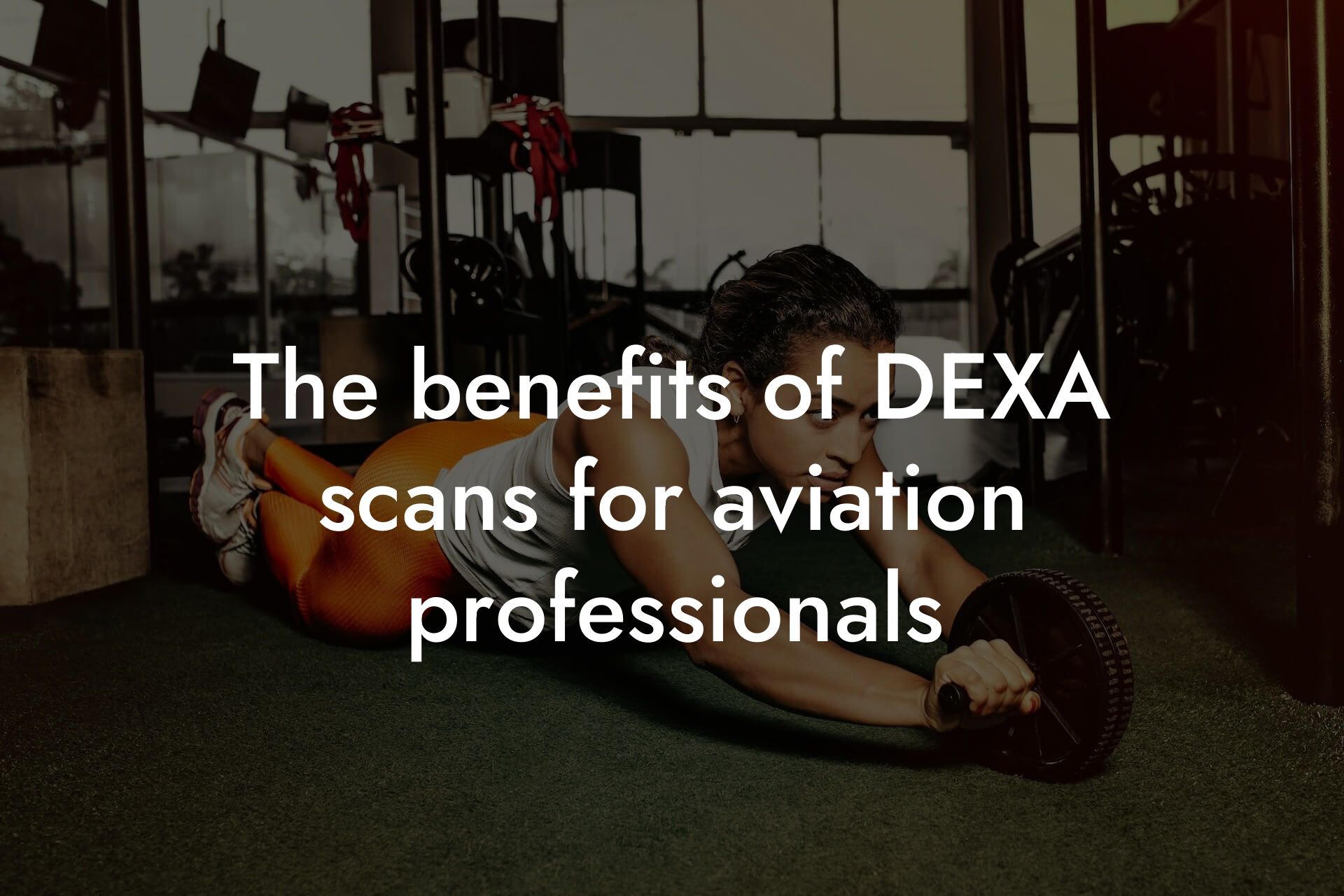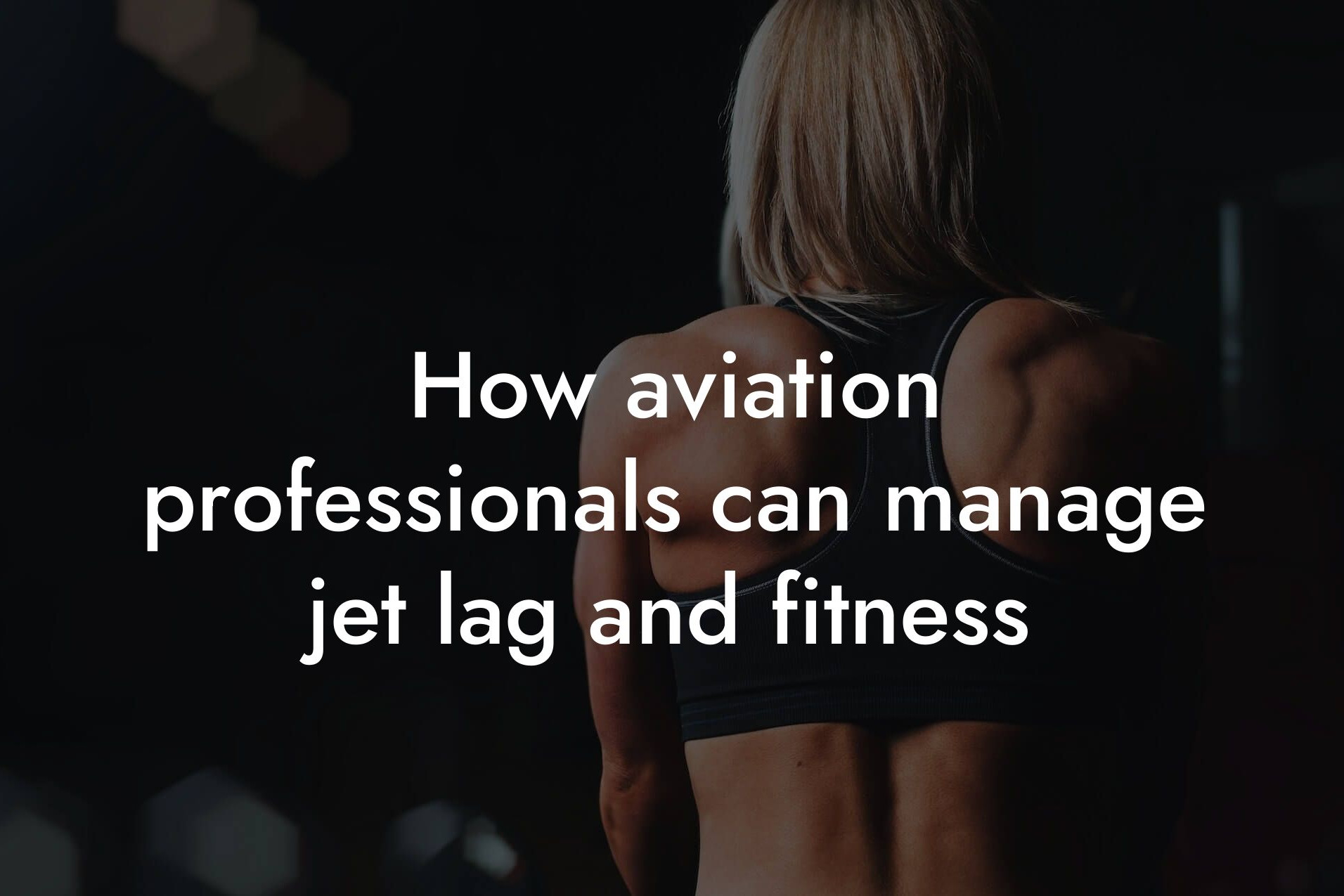The Importance of Staying Active as a Pilot or Flight Attendant
As a pilot or flight attendant, you understand the demands of your job. Long hours, irregular schedules, and confined spaces can take a toll on your physical and mental health. Staying active during layovers is crucial to maintaining your overall well-being, improving your performance, and reducing the risk of chronic diseases. In this article, we'll explore quick and effective workouts that you can do during layovers to stay on top of your game.
Table of Contents
- The Importance of Staying Active as a Pilot or Flight Attendant
- Challenges of Exercising During Layovers
- Benefits of Quick Workouts During Layovers
- Bodyweight Exercises for Pilots and Flight Attendants
- High-Intensity Interval Training (HIIT) for Time-Efficient Workouts
- Incorporating Stretching and Foam Rolling into Your Workout
- Nutrition and Hydration for Optimal Performance
- Frequently Asked Questions
Challenges of Exercising During Layovers
Exercising during layovers can be challenging due to limited time, space, and equipment. You may not have access to a gym, and your hotel room may not have the necessary facilities. Additionally, you may be dealing with jet lag, fatigue, and varying weather conditions. However, with a little creativity and planning, you can overcome these obstacles and fit in a quick workout.
Benefits of Quick Workouts During Layovers
Quick workouts during layovers can have a significant impact on your physical and mental health. Some of the benefits include:
• Improved cardiovascular health
• Increased energy levels
• Enhanced cognitive function
• Better sleep quality
• Reduced stress and anxiety
• Improved overall physical performance
Bodyweight Exercises for Pilots and Flight Attendants
Bodyweight exercises are an excellent option for pilots and flight attendants who don't have access to equipment. These exercises can be done in a small space, such as a hotel room, and are often low-impact, reducing the risk of injury. Here are some effective bodyweight exercises:
• Squats: Stand with your feet shoulder-width apart and squat down, keeping your back straight and your knees behind your toes.
• Push-ups: Start in a plank position and lower your body until your chest almost touches the ground.
• Lunges: Stand with your feet together and take a large step forward with one foot. Lower your body until your back knee almost touches the ground.
• Planks: Start in a plank position and hold for 30-60 seconds, engaging your core muscles.
• Burpees: Start in a standing position, then drop down into a squat position and place your hands on the ground. From there, kick your feet back into a plank position, do a push-up, then quickly return your feet to the squat position and stand up.
High-Intensity Interval Training (HIIT) for Time-Efficient Workouts
HIIT involves short bursts of high-intensity exercise followed by brief periods of rest. This type of training is ideal for pilots and flight attendants who have limited time during layovers. HIIT can be adapted to bodyweight exercises, and it's an effective way to improve cardiovascular health, increase caloric burn, and boost metabolism.
Example HIIT Workout:
• Warm-up: 5-minute jog in place or jumping jacks
• Sprints: 30 seconds of burpees, followed by 30 seconds of rest
• Repeat for 15-20 minutes, alternating between exercises such as squats, lunges, and push-ups
• Cool-down: 5-minute stretching
Incorporating Stretching and Foam Rolling into Your Workout
Stretching and foam rolling are essential components of any workout routine. They help improve flexibility, reduce muscle soreness, and enhance recovery. As a pilot or flight attendant, you may experience muscle tension and stiffness due to prolonged periods of sitting. Incorporating stretching and foam rolling into your workout can help alleviate these issues.
Focus on stretching your major muscle groups, including your hamstrings, quadriceps, chest, back, and shoulders. Use a foam roller to target areas such as your IT band, calves, and glutes.
Nutrition and Hydration for Optimal Performance
A well-balanced diet and proper hydration are crucial for optimal performance as a pilot or flight attendant. During layovers, it can be challenging to maintain a healthy diet, but it's essential to fuel your body with nutrient-dense foods. Focus on whole foods, such as fruits, vegetables, lean proteins, and whole grains. Avoid processed and high-sugar foods that can lead to energy crashes and decreased performance.
Stay hydrated by drinking plenty of water throughout the day. Aim to drink at least 8-10 glasses of water, and avoid sugary drinks and caffeine that can dehydrate you.
As a pilot or flight attendant, staying active during layovers is crucial to maintaining your physical and mental health. With a little creativity and planning, you can fit in a quick and effective workout, even with limited time and space. Remember to focus on bodyweight exercises, HIIT, stretching, and foam rolling, and don't forget to prioritize nutrition and hydration. By incorporating these tips into your routine, you'll be able to perform at your best and maintain a healthy, active lifestyle.
At Tano Performance Group, we understand the importance of physical health and wellness for high-earning professionals. Our DEXA machine provides a comprehensive body assessment, giving you the information you need to take your business to the next level. Contact us today to learn more about how we can help you achieve your fitness goals.
Frequently Asked Questions
What are the benefits of exercising during layovers for pilots and flight attendants?
Exercising during layovers can help pilots and flight attendants maintain their physical and mental health, reduce fatigue, and improve overall well-being. Regular exercise can also boost energy levels, enhance cognitive function, and support weight management. Moreover, exercising during layovers can help reduce the risk of chronic diseases, such as heart disease, diabetes, and certain types of cancer.
How can I fit exercise into my busy layover schedule?
Even with a tight schedule, you can fit in a quick workout during your layover. Look for hotels or gyms near the airport that offer day passes or short-term memberships. You can also try bodyweight exercises, yoga, or high-intensity interval training (HIIT) that require minimal equipment and can be done in a short amount of time.
What are some effective exercises for pilots and flight attendants with limited time?
Some effective exercises for pilots and flight attendants with limited time include burpees, jump squats, mountain climbers, push-ups, and planks. These exercises can be done in a short amount of time and target multiple muscle groups, making them efficient and effective.
How can I stay motivated to exercise during layovers?
Staying motivated to exercise during layovers can be challenging, but setting specific goals, finding a workout buddy, and tracking progress can help. You can also try listening to music or podcasts that motivate you, or reward yourself after reaching certain milestones.
What are some healthy snack options for pilots and flight attendants on-the-go?
Healthy snack options for pilots and flight attendants on-the-go include nuts, seeds, dried fruits, energy bars, and jerky. Look for snacks that are high in protein, fiber, and healthy fats, and low in added sugars and salt.
How can I stay hydrated during layovers?
Staying hydrated during layovers is crucial. Bring a refillable water bottle with you, and aim to drink at least 8-10 glasses of water per day. Avoid sugary drinks and caffeine, which can dehydrate you further.
What are some tips for exercising in a hotel room?
When exercising in a hotel room, make sure to clear the space of any breakable objects, use a yoga mat or towel to prevent slipping, and keep the noise level down. You can also try using resistance bands or light dumbbells to add variety to your workout.
How can I avoid jet lag when exercising during layovers?
Avoiding jet lag when exercising during layovers requires careful planning. Try to adjust your exercise routine to your new time zone, and avoid exercising too close to bedtime. You can also try taking melatonin supplements or practicing relaxation techniques, such as deep breathing or meditation, to help regulate your sleep patterns.
What are some exercises that can help reduce back pain for pilots and flight attendants?
Exercises that can help reduce back pain for pilots and flight attendants include planks, bridges, and pelvic tilts. These exercises can help strengthen the core muscles, improve posture, and reduce strain on the back.
How can I incorporate stretching into my layover workout routine?
Incorporating stretching into your layover workout routine can help improve flexibility, reduce muscle tension, and enhance overall performance. Try incorporating dynamic stretches, such as leg swings and arm circles, into your warm-up routine, and static stretches, such as hamstring and chest stretches, into your cool-down routine.
What are some tips for exercising in a new city or country?
Exercising in a new city or country requires some planning. Research local gyms or fitness studios, and book a class or session in advance. You can also try exploring local parks or outdoor spaces for a run or walk. Don't forget to stay hydrated and fueled with local snacks and meals.
How can I track my progress and stay accountable during layovers?
Tracking your progress and staying accountable during layovers can be challenging, but using a fitness tracker or mobile app can help. Set specific goals and track your workouts, sleep, and nutrition to stay on top of your game.
What are some exercises that can help improve sleep quality for pilots and flight attendants?
Exercises that can help improve sleep quality for pilots and flight attendants include yoga, Pilates, and gentle stretching. These exercises can help reduce stress and anxiety, regulate the body's circadian rhythms, and promote relaxation.
How can I prioritize self-care during layovers?
Prioritizing self-care during layovers is crucial. Make time for activities that bring you joy, such as reading, listening to music, or taking a relaxing bath. You can also try practicing mindfulness, meditation, or deep breathing exercises to reduce stress and promote relaxation.
What are some healthy meal options for pilots and flight attendants on-the-go?
Healthy meal options for pilots and flight attendants on-the-go include salads, wraps, and bowls with lean protein, whole grains, and plenty of fruits and vegetables. Avoid processed and high-sugar foods, and opt for meals that can be easily reheated or consumed on the go.
How can I stay energized during long flights and layovers?
Staying energized during long flights and layovers requires careful planning. Bring healthy snacks and meals with you, stay hydrated, and avoid caffeine and sugary drinks. You can also try taking short power naps, practicing deep breathing exercises, or listening to energizing music to stay alert and focused.
What are some exercises that can help reduce stress and anxiety for pilots and flight attendants?
Exercises that can help reduce stress and anxiety for pilots and flight attendants include yoga, Pilates, and cardio exercises. These exercises can help reduce cortisol levels, improve mood, and promote relaxation.
How can I fit exercise into my layover schedule when I have limited mobility?
Fitting exercise into your layover schedule with limited mobility requires some creativity. Try chair exercises, resistance band exercises, or bodyweight exercises that can be modified to accommodate your mobility limitations. You can also try working with a personal trainer or fitness coach to develop a customized workout plan.
What are some tips for exercising in extreme weather conditions?
Exercising in extreme weather conditions requires some planning. Dress appropriately, stay hydrated, and avoid exercising during the hottest part of the day. You can also try exercising indoors, such as in a hotel gym or fitness studio, to avoid harsh weather conditions.
How can I make exercise a habit during layovers?
Making exercise a habit during layovers requires consistency and commitment. Schedule your workouts in advance, find a workout buddy, and track your progress to stay motivated. You can also try incorporating exercise into your daily routine, such as right after waking up or before bedtime.
What are some exercises that can help improve cognitive function for pilots and flight attendants?
Exercises that can help improve cognitive function for pilots and flight attendants include brain teasers, puzzles, and memory games. These exercises can help improve focus, concentration, and problem-solving skills.
How can I prioritize my physical and mental health during layovers?
Prioritizing your physical and mental health during layovers requires some planning. Make time for exercise, healthy eating, and self-care activities, such as meditation or reading. You can also try setting boundaries, such as saying no to excessive socializing or commitments, to prioritize your own needs.
Here are some related articles you might love...
- How to maintain bone density with frequent flying
- The benefits of DEXA scans for aviation professionals
- How aviation professionals can manage jet lag and fitness
- Staying fit while managing irregular flight schedules
- Balancing in-flight duties with personal fitness goals
- Nutrition strategies for staying healthy on long flights
- Managing stress and staying fit in the aviation industry
- The impact of physical health on flight safety
- The role of physical fitness in maintaining flight readiness
Zak Faulkner
Zak Faulkner is a leading authority in the realm of physical health and body composition analysis, with over 15 years of experience helping professionals optimise their fitness and well-being. As one the experts behind Tano Performance Group, Zak has dedicated his career to providing in-depth, science-backed insights that empower clients to elevate their physical performance and overall health.
With extensive knowledge of DEXA technology, Zak specializes in delivering comprehensive body assessments that offer precise data on body fat, muscle mass, bone density, and overall physique. His expertise enables individuals to make informed decisions and achieve their fitness goals with accuracy and confidence. Zak’s approach is rooted in a deep understanding of human physiology, combined with a passion for helping clients unlock their full potential through personalised strategies.
Over the years, Zak has earned a reputation for his commitment to excellence, precision, and client-focused service. His guidance is trusted by top professionals who demand the best when it comes to their health. Whether advising on fitness programs, nutritional strategies, or long-term wellness plans, Zak Faulkner’s insights are a valuable resource for anyone serious about taking their health and fitness to the next level.
At Tano Performance Group, Zak continues to lead our Content Team revolutionising how professionals approach their physical health, offering unparalleled expertise that drives real results.




